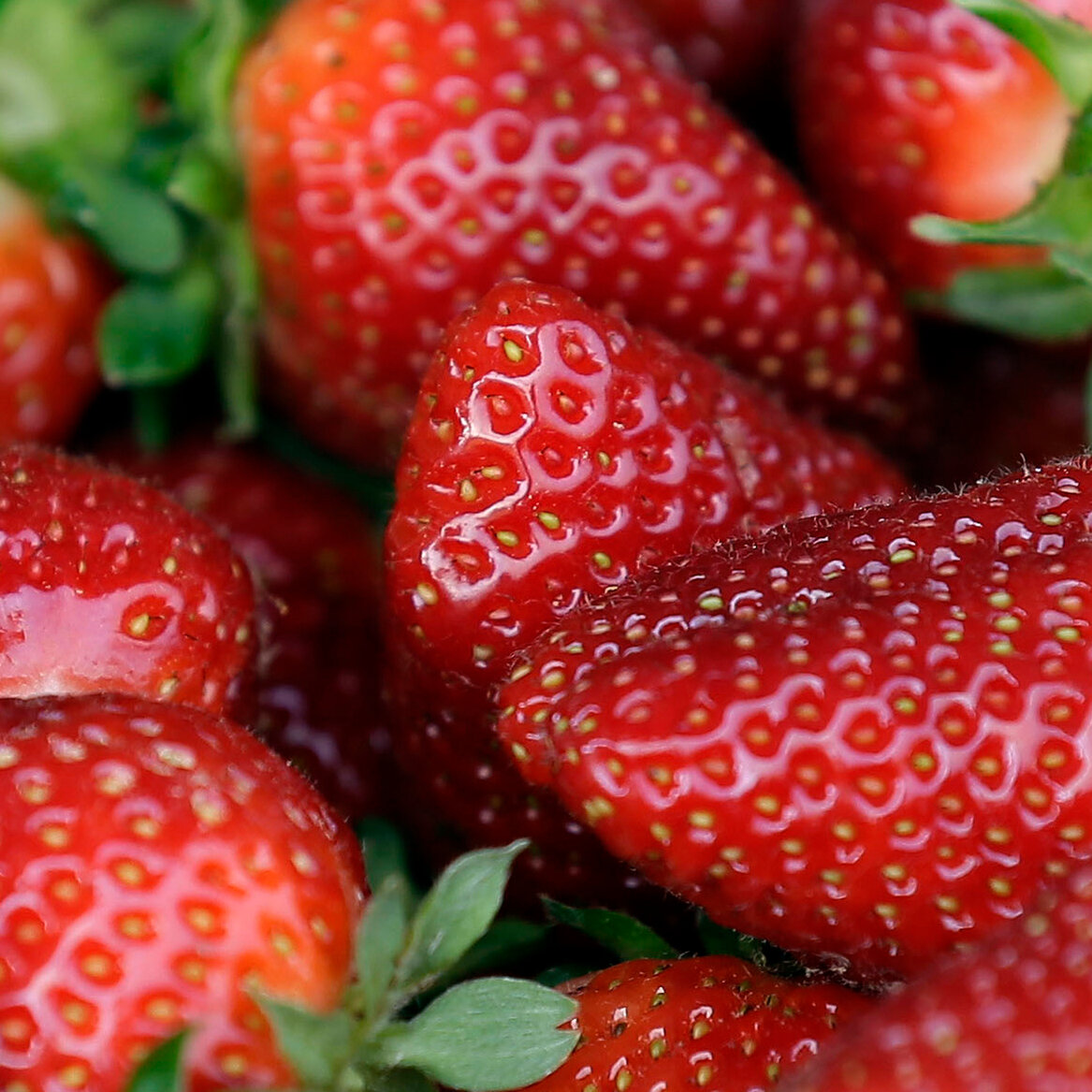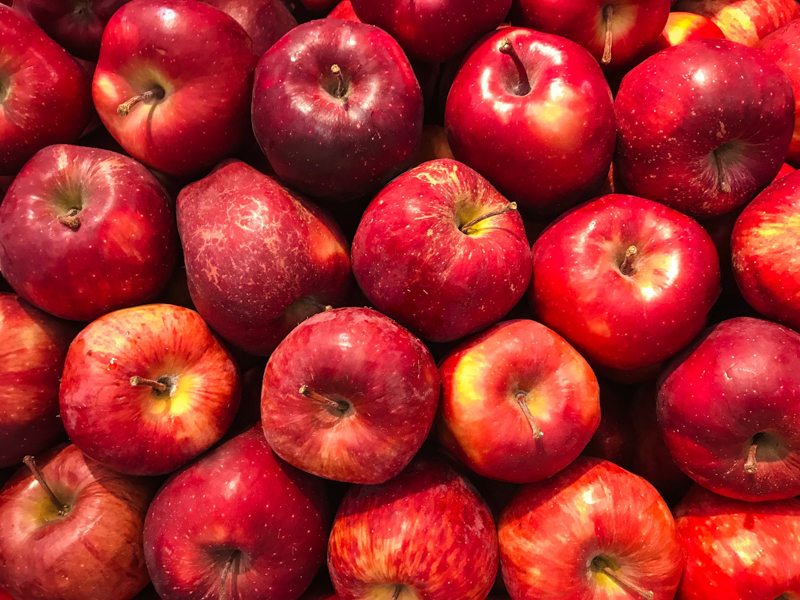Description
Strawberries are one of the most popular fruits in American gardens and market farms. They can be grown in many different places and ways, from hanging baskets to fields, hoophouses to vertical farming. The trick is to match the growing system to the type of strawberry you want to grow. Some varieties need plenty of space, whereas others can be grown in containers. Here is a quick overview of the basic differences and production options for the three main types.
1 • June-Bearing Strawberry Varieties:
June-bearing varieties initiate fruit buds in fall and blossom the following spring. They are the earliest type to fruit. They produce one crop and then expend energy vegetatively propagating by sending out runners, also called daughter plants, that will fruit the following year. June-bearing strawberries are typically grown in a matted row system, in which the mother plants are planted in spring, spaced 18–24″ apart in rows that are spaced 3–4′ apart. The first year, flowers are pinched off to stimulate the plants to send out runners that fill in the spaces within the row and between the rows. Plants produce fruit the second spring. A variation of this system is to prune runners to one or two per plant so that they stay in a line and don’t spread out between the rows. This obviously requires a lot more labor, but may result in better yields because of reduced competition. Matted-row systems can be renovated to keep plants producing for many years. Another system is called the ribbon row system, in which strawberry crowns are planted in fall and allowed to bloom and fruit the following spring. As runners form, they are removed to increase fruit size. Once the crop is done, runners are allowed to develop and fill in the bed to a matted row system.
2 • Everbearing (Day-Neutral) Strawberry Varieties:
Day-neutral varieties produce fruit all summer, hence their alternate name, everbearing. They can be grown as annuals, which involves:
- planting them early in the spring;
- pinching off the flowers for 2 months to allow the plants to become established;
- letting them fruit the rest of the summer.
Day-neutral strawberries are good for container production on a deck or patio. Some varieties, for example, ‘Seascape’, will fruit on unrooted runners, so they make attractive hanging baskets, with the runner plants cascading over the sides of the basket. Day-neutral strawberries can also be grown in a hill system, with 12″ spacing between plants.
3 • Alpine Strawberries:
Alpine strawberries, such as ‘Alexandria’, are a type that produces small but intensely flavorful berries. They do not send out runners and are usually grown from seed. Alpine types work well in strawberry pots and other containers, or as edging in the vegetable, herb, or ornamental garden. They also can be grown with less than full sun, so they are a good choice for many home gardeners.









Reviews
There are no reviews yet.